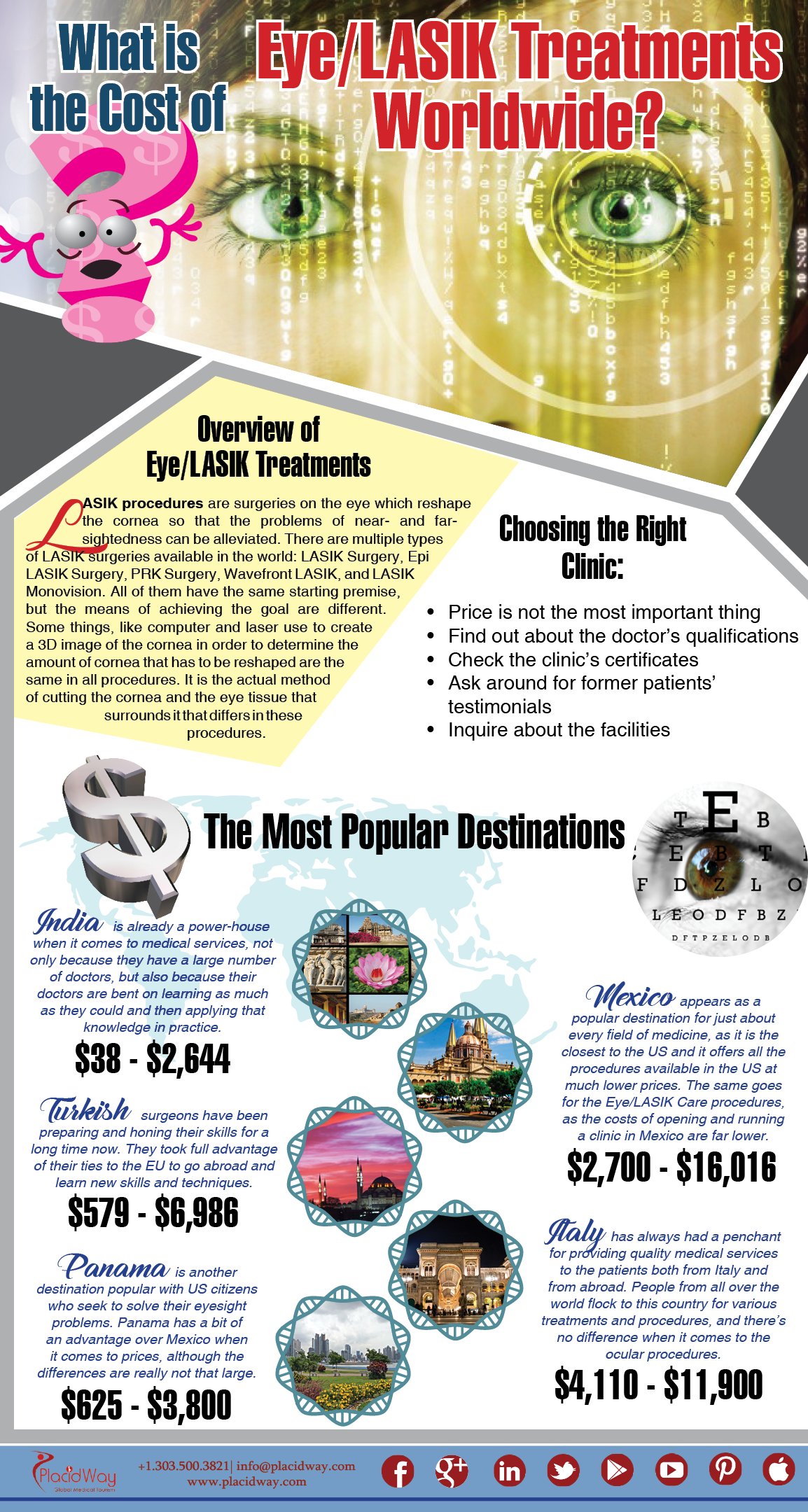Taking Into Consideration SMILE Surgical Treatment? Uncover Substantial Factors To Consider And Understandings To Sustain You In Making A Sensible Selection Concerning Your Vision In Advance
Taking Into Consideration SMILE Surgical Treatment? Uncover Substantial Factors To Consider And Understandings To Sustain You In Making A Sensible Selection Concerning Your Vision In Advance
Blog Article
Content By-Bridges Thestrup
If you're considering SMILE eye surgical treatment, consider this: are you prepared to accept prospective visual freedom, or does the idea of any type of dangers make you wait? Your decision will depend upon a mindful equilibrium of evaluating the advantages against the uncertainties. It's essential to dig deeper into the subtleties of SMILE surgical procedure to make an enlightened selection that straightens with your aesthetic objectives.
Comprehending SMILE Eye Surgical Treatment
When thinking about SMILE Eye Surgical treatment, it is essential to understand the treatment and its benefits. SMILE, which stands for Small Cut Lenticule Removal, is a minimally invasive laser eye surgery that corrects common vision issues like nearsightedness (nearsightedness).
During after cataract surgery sensitivity to light , your eye specialist will certainly use a femtosecond laser to develop a tiny incision in your cornea. Through this cut, a tiny disc of cells called a lenticule is gotten rid of, improving the cornea and fixing your vision.
One of the essential advantages of SMILE Eye Surgical procedure is its quick recuperation time. Lots of patients experience improved vision within a day or two after the treatment, with very little pain.
In laser in cataract surgery , SMILE is understood for its high success price in giving lasting vision improvement. Unlike LASIK, SMILE doesn't require the development of a flap in the cornea, lowering the threat of complications and enabling an extra secure corneal framework post-surgery.
Understanding the treatment and its advantages is important when thinking about SMILE Eye Surgical treatment for vision adjustment.
Advantages and disadvantages of SMILE
Taking Into Consideration SMILE Eye Surgical procedure for vision improvement features different advantages and prospective downsides.
One of the major pros of SMILE is its minimally invasive nature, as it entails a tiny incision and normally causes fast healing times. The procedure is also understood for triggering minimal discomfort and dry eye signs and symptoms post-surgery compared to various other vision improvement techniques. In addition, SMILE has been shown to offer exceptional visual end results, with many individuals attaining 20/20 vision or far better.
On the other hand, a potential con of SMILE is that it might not appropriate for people with severe refractive errors, as the treatment variety is somewhat restricted compared to LASIK. Another factor to consider is that the discovering contour for surgeons implementing SMILE can influence the schedule of seasoned providers in particular locations.
It's important to evaluate these advantages and disadvantages thoroughly when making a decision if SMILE is the ideal choice for your vision adjustment requirements.
Establishing Qualification for SMILE
To establish if you're eligible for SMILE eye surgery, your eye doctor will certainly carry out a detailed evaluation of your eye health and vision requirements. Throughout this examination, aspects such as the security of your vision prescription, the thickness of your cornea, and the overall wellness of your eyes will certainly be assessed.
Typically, prospects for SMILE are over 22 years of ages, have a steady vision prescription for a minimum of a year, and have healthy and balanced corneas without problems like keratoconus.
Your ophthalmologist will additionally consider your overall eye health, any type of existing eye problems, and your way of living needs to determine if SMILE is the right option for you. It's essential to connect any kind of certain visual demands or issues you may have during this evaluation to ensure that the therapy aligns with your assumptions.
If you aren't eligible for SMILE, your optometrist might recommend different vision adjustment choices that much better match your specific demands and eye health standing.
Conclusion
Eventually, choosing whether SMILE eye surgery is right for you needs mindful consideration of your specific eye wellness and visual demands. Talk to your eye doctor to identify your qualification for the treatment and weigh the potential benefits and downsides. Remember to connect any type of problems or inquiries you may have throughout the analysis process to make an educated decision about your vision correction options.
